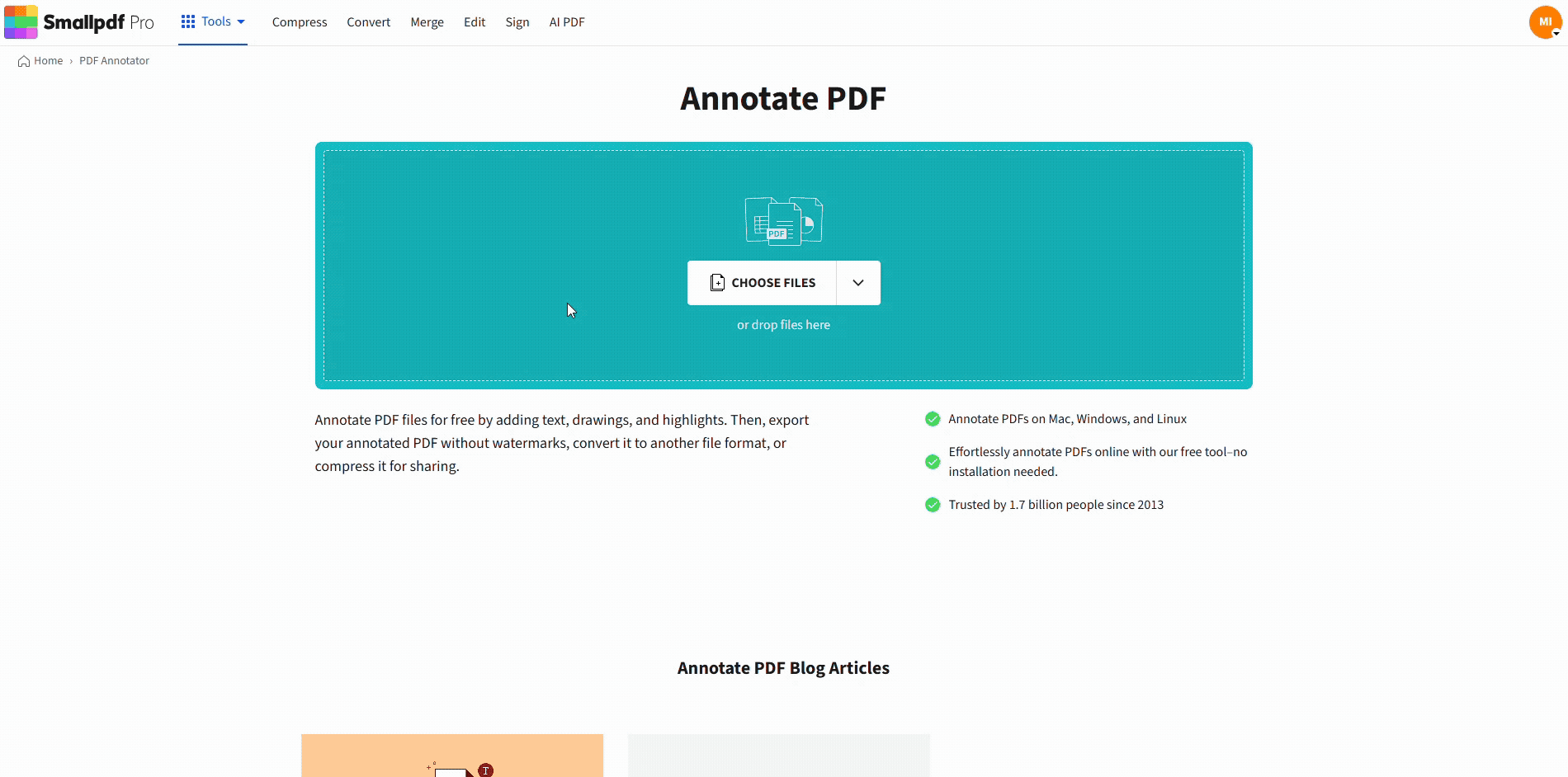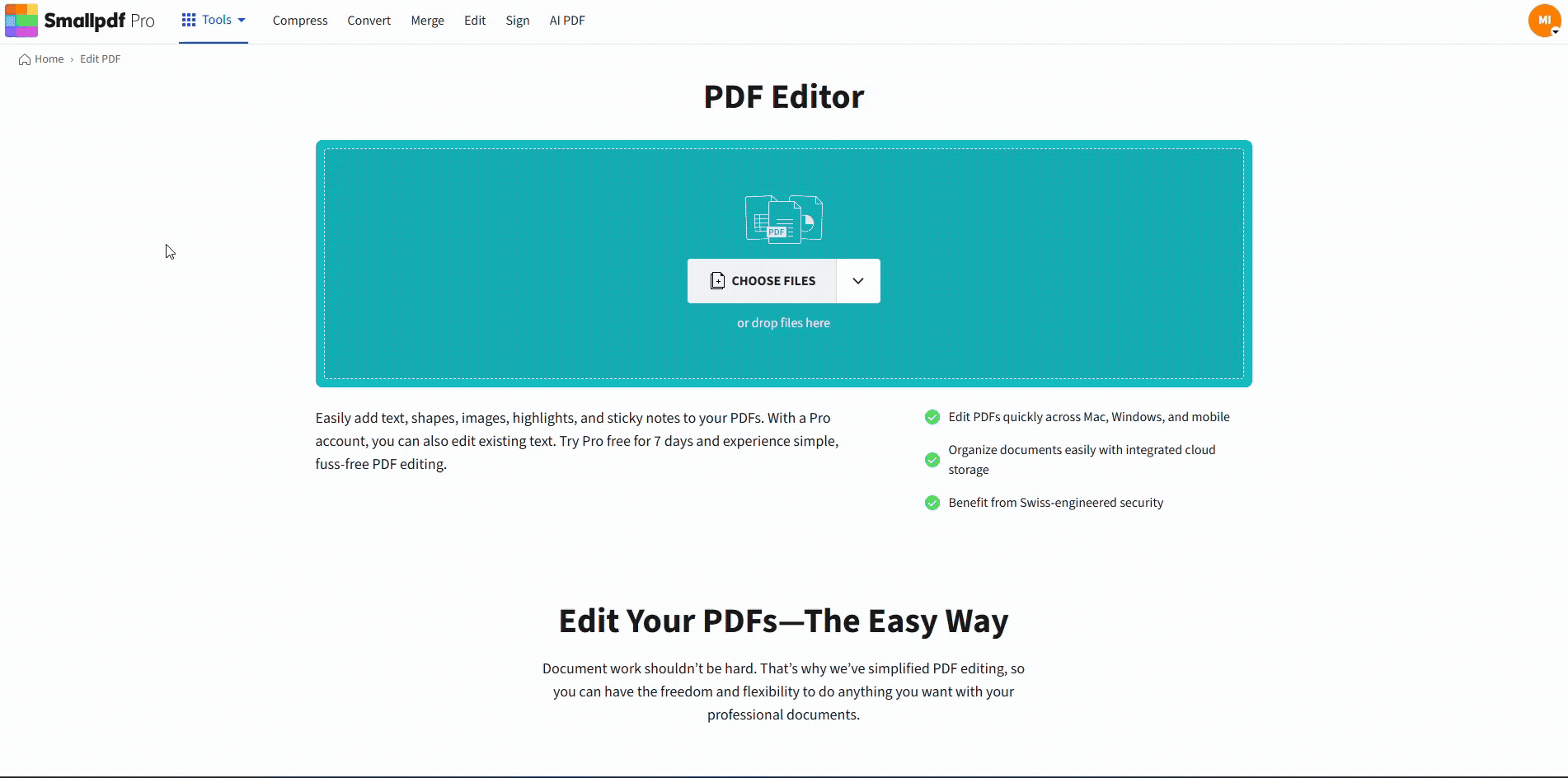Tax season already feels like a headache, but hunting for lost forms or receipts makes it worse. That’s why it pays to get organized early.
We’ll show you how to organize tax documents using easy PDF tools, even if you’re working with paper files or messy folders.
Let’s turn that pile of paperwork into a clean, digital system your accountant will love.
Why It’s Important to Organize Your Tax Documents
Organizing tax documents helps you avoid stress, save time, and minimize costly errors. Whether you’re filing for yourself or working with a CPA, having your files in order can make all the difference.
When you organize tax documents properly:
- You don’t miss out on deductions
- Your accountant gets what they need faster
- Filing is smoother and less stressful
It also helps you keep a paper trail for audits, refunds, or future reference.
How to Organize Tax Documents Efficiently
Here’s how to organize tax documents step by step — from scanning paper files to merging PDFs, compressing receipts, and sharing folders securely.
Each step uses a free Smallpdf feature to keep your workflow simple and stress-free.
Step 1: Scan Paper Tax Documents into PDFs
Start by turning your physical documents into digital copies. Use the Smallpdf PDF Scanner to scan receipts, W-2s, or bank statements.
- Open the app and tap Scan
- Capture documents with your phone
- Save them instantly as searchable PDFs
This way, everything is backed up and easy to access later.
Step 2: Compress Large PDF Tax Files
Some tax forms or scanned documents can get bulky. Use the Compress PDF to shrink large files without losing clarity.
Smaller PDFs are easier to email, upload to tax portals, or store long-term.
Step 3: Organize Tax Documents by Year
Keep your documents grouped by tax year — especially if you’re self-employed or managing multiple returns.
Create a folder for each year, and name files clearly (e.g., “2024_1099-MISC.pdf” or “2023_BusinessExpenses.pdf”).
This helps you locate documents quickly, and it’s a system your accountant will thank you for.
Step 4: Highlight or Annotate Important Info
Need to flag key deductions or missing info? Use the PDF Annotator to highlight numbers, circle issues, or leave notes for your accountant.
- Highlight totals or tax IDs
- Add sticky notes with questions
- Draw arrows or shapes to point things out

Highlight or Annotate Important Info
This avoids back-and-forth emails later.
Step 5: Edit Tax Docs Before Sending
If your scanned PDFs need corrections or extra info, use the Edit PDF feature. You can:
- Add missing dates or amounts
- Black out private info
- Fix small typos before submission

Edit Tax Docs Before Sending
Quick edits help you submit cleaner, more professional documents.
Step 6: Sign Your Tax Documents Digitally
Need to sign forms before sending? Use Sign PDF to add your signature in seconds.
You can draw, upload, or type your name, and save it for reuse.
Digital signatures are legally binding and much faster than printing, signing, and scanning again.
Step 7: Merge Tax Documents into One PDF
To keep everything tidy, use the Merge PDF feature to combine related documents.
- Merge all income forms into one file
- Combine receipts into a single PDF by category
- Keep supporting docs together with your return
This keeps your files streamlined and easy to review.
Points to Remember When Organizing Tax Documents with PDF Tools
- File consistently: Use the same naming format for every document.
- Back it up: Save copies to a cloud drive or encrypted USB stick.
- Limit file size: Compress PDFs before sending them via email.
- Label clearly: Use folders, subfolders, and meaningful filenames.
- Think long-term: Keep a copy of every return for at least 3–7 years.
Smallpdf helps you stay organized across all your tax documents — from start to submit.
FAQs
1. How can I scan my tax documents and store them digitally?
Use the Smallpdf PDF Scanner app to turn paper forms into searchable PDFs. Then save them in cloud storage or on your device.
2. How can I securely store my tax documents online?
Store them in an encrypted cloud service and use Smallpdf to password-protect any sensitive PDF before uploading or sharing.
3. Can I edit my scanned tax documents before submitting them to my accountant?
Yes, use Edit PDF to make small corrections, add text, or black out private details before sharing your files.
4. How do I protect my tax documents with a password?
After editing or organizing your files, use the Protect PDF feature to add a secure password before saving or sending.
5. How do I separate my tax receipts and forms?
Use folders or split documents using Split PDF. Keep receipts in one merged file and forms like W-2s or 1099s in another.
6. How do I combine multiple tax documents into a single file?
Use Merge PDF to combine scanned receipts, bank records, or forms into a single, organized document.
7. How long should I keep my tax documents?
Most experts recommend keeping them for at least 3 to 7 years, depending on your filing situation and local laws.
8. Can I organize my tax documents on mobile?
Yes, the Smallpdf Mobile App lets you scan, organize, compress, and even sign tax documents directly from your phone.



